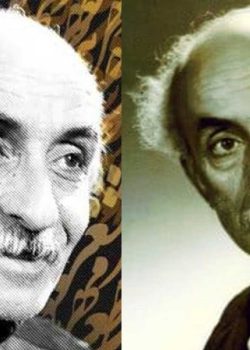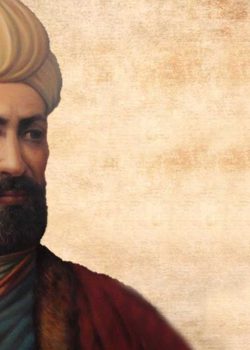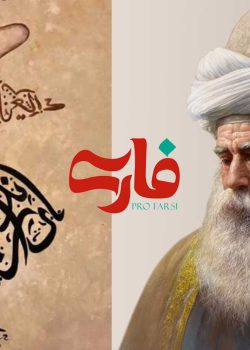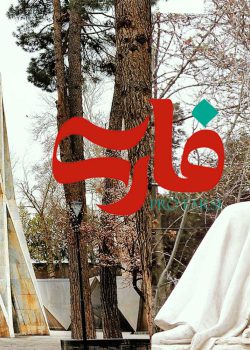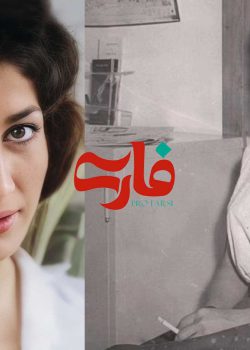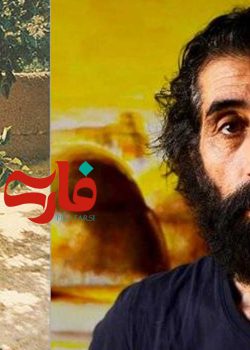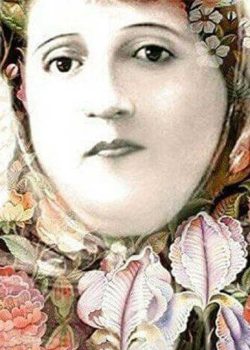Jalal al-e-Ahmad biography and books
Jalal Al-e-Ahmad (1923-1969) was an influential Iranian writer, thinker, and social critic. He was born in Tehran, Iran, and is regarded as one of the most prominent literary figures of the 20th century in Iran. Al-e-Ahmad played a significant role in shaping the intellectual and literary landscape of his time.

Biography:
alal Al-e-Ahmad, a well-known writer and social critic, was born in 1923 and passed away in 1969. In his autobiographical sketch completed in 1967 and published posthumously as “Maṯalan sarḥ-e aḥwālāt,” Al-e-Ahmad vividly portrays his conservative and moderately well-off family. His father’s unwavering religious principles led him to close his court of record (maḥżar) rather than submit to government oversight.
Initially, his father wanted Jalāl to pursue a career in the bazaar, and his formal education seemed destined to end with elementary school. However, Jalāl took a secret initiative and registered for evening classes at the Dār-al-fonūn, all while working as a watchmaker, electrician, and leather merchant during the day.
After finishing his education in 1943, he continued his studies at the Faculty of Letters of Tehran Teachers’ College, graduating in 1946. Soon after, in 1947, he began working as a school teacher under the Ministry of Education. Despite gaining increasing respect and popularity as a writer, Al-e-Ahmad had to sustain his livelihood through teaching, as many other serious writers of his time faced similar challenges in relying solely on their pen for support.

During his initial year at college, Āl-e Aḥmad, alongside several classmates, became a member of the Tūda party. Over the next four years, he actively participated in the party’s affairs, rising to the position of a committee member for Tehran. As a spokesperson for the party’s policies, he also served as an editor for its publications, such as Mardom and Rahbar.
However, in 1947 (1326 Š.), Āl-e Aḥmad, along with Ḵalīl Malekī and other intellectuals, left the Tūda party in protest against the Soviet invasion of Azerbaijan. For a brief period, he distanced himself from politics. Yet, from 1950 (1329 Š.) onwards, he threw his support behind Moṣaddeq and his endeavor to nationalize the oil industry.

To actively pursue this goal, he actively participated in founding the Toilers’ Party (ḥezb-e zaḥmatkešān-e mellat-e Īrān). Later, in 1952 (1331 Š.), he played a role in establishing the Nīrū-ye Sevvom (“Third Force”) party, along with other dissidents from the Zaḥmatkešān. As an editor and principal writer, Āl-e Aḥmad significantly contributed to the publications of this party, which included Nīrū-ye sevvom and ʿElm o zendagī.
Āl-e Aḥmad’s published writings span over twenty volumes, encompassing travel journals, translations, village studies, essays, and reviews, alongside his acclaimed works of fiction. Additionally, several completed manuscripts, including his journal of the visit to the U.S.S.R. in 1964, a long story titled “Sang-ī bar gūr-ī” (“A stone upon a grave”), and a collection of short stories named “Nasl-e ǰadīd” (“The new generation”), remained unpublished or partially published upon his death.
Āl-e Aḥmad made his debut as a writer with the publication of his first story, “Zīārat” (“The pilgrimage”), in the Nowrūz issue of Soḵan in 1945 (1324 Š.). The story received immediate critical acclaim and was later included in his initial collection of stories titled “Dīd o bāzdīd” (“The exchange of visits”) at the end of the same year. Over the following decade, three more story collections emerged: “Az ranǰ-ī ka mībarīm” (“From our suffering”) in 1947 (1326 Š.), “Se-tār” (“The sitar”) in 1948 (1327 Š.), and “Zan-e zīādī” (“The superfluous woman”) in 1952 (1331 Š.).

Bozorg Alavi, a critic, aptly characterized these stories as intricate portrayals of everyday life events. Noting Āl-e Aḥmad’s anti-religious stance, Alavi commended his implicit skill in conveying it through his writings. He likened the writer to a photographer who artfully captures the complex emotional world of ordinary people through careful selection and arrangement of snapshots (Geschichte, p. 221).
Āl-e Aḥmad ventured into longer works of fiction, beginning with “Sargoḏašt-e kandūhā” (“The tale of the beehives”) in 1954 (1333 Š.), followed by “Modīr-e madrasa” (“The school principal”) in 1958 (1337 Š.), “Nūn wa’l-qalam” (“The letter N and the pen”) in 1961 (1340 Š.), and “Nefrīn-e zamīn” (“The cursing of the land”) in 1967 (1346 Š.).
These longer stories, or novelettes, expanded on plots compared to his earlier short stories, but still retained an emphasis on incidents, colloquial language, and indirect characterization with limited insight into the characters’ emotions. In “Modīr-e madrasa” and “Nefrīn-e zamīn,” Āl-e Aḥmad adopted different narrative structures. The former and widely admired work presents events through a first-person perspective, chronicling a year in the life of an elementary school teacher who becomes the principal of a new school on the outskirts of Tehran. It exposes the shortcomings of the education system and the community’s apathy towards genuine educational needs.

On the other hand, “Nefrīn-e zamīn” acts as a sequel to “Modīr-e madrasa,” following the same protagonist as a teacher in a village school. Although it provides valuable insights into village life and Āl-e Aḥmad’s economic theories, it falls short as a work of fiction compared to its predecessor.
Both “Sargoḏašt-e kandūhā” and “Nūn wa’l-qalam” hold political allegorical elements. The former cleverly veils allusions to the oil nationalization crisis through the substitution of honey for oil and bees for people. On the other hand, the latter employs a remote historical setting, allowing the author to express his views on Iran’s recent history of parties and government.
While “Sargoḏašt-e kandūhā” may seem like a mere children’s tale, its topical references add a momentary seriousness to the narrative. Conversely, “Nūn wa’l-qalam” emerges as a substantial and captivating narrative that transcends its allegorical message. As a work of historical fiction, it stands out and deserves to be considered among Āl-e Aḥmad’s finest works (Hillmann, “Āl-e Aḥmad’s Fictional Legacy”).

Among Āl-e Aḥmad’s notable works of non-fiction, his renowned critique of the influence of “western” culture in Iran, titled Ḡarbzadagī (“Plagued by the West”), stands out. While Ḡarbzadagī leans more towards a polemic rather than a reasoned historical argument (cf. Āšūrī, “Hošyārī-e tārīḵī”), it powerfully expresses the prevailing belief that Iranian culture is under threat due to the ongoing forces of change, and intellectuals should exercise caution in accepting Western ideas without scrutiny. This notion was further elaborated in his work, Ḵedmat va ḵīānat-e rowšanfekrān (“The services and disservices of the intellectuals”).
In addition to his well-known works, Āl-e Aḥmad also delved into personal narratives, encompassing travel accounts and ethnographic studies. Despite receiving limited critical attention, these writings hold significant importance both in style and content within his body of work. When it comes to fictional characters, Āl-e Aḥmad’s mastery appears uncertain. Most of his fiction is presented through first-person narratives, blurring the line between author and protagonist. It is in these works that he becomes most captivating and convincing, as he can express himself without the constraints of a fictional persona. Moreover, his ethnographic studies play a vital role in introducing urban writers to rural Iran, thereby contributing to the continuous expansion of the scope of modern Persian fiction.
Āl-e Aḥmad’s impact on his younger contemporaries primarily stems from two aspects of his work: his strong sense of social commitment and his distinctive prose style. He was deeply influenced by modern French writers like Camus, Sartre, and Céline, while also being a diligent student of Persian literature, both classical and modern. Drawing from these diverse influences, he crafted a vibrant and idiomatic prose that captures the essence of colloquial speech while maintaining the richness and evocativeness of classical writing.
Jalal al-e Ahmad was a prolific writer, and he has a substantial collection of books to his credit. Here are some of his notable works:
- “Gharbzadegi” (“Westoxification”): A critical analysis of the impact of Western culture on Iranian society.
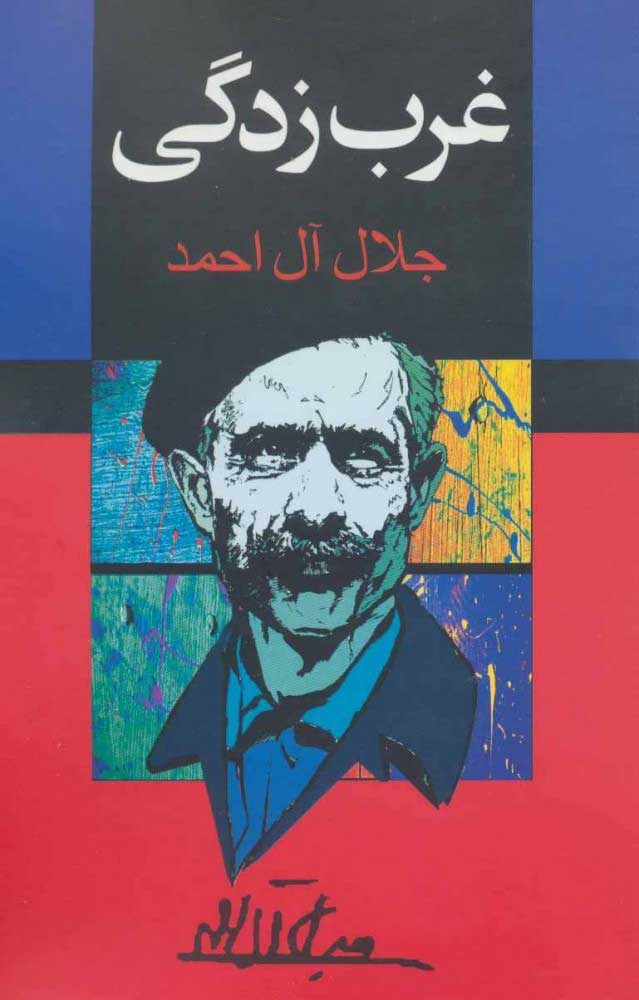
- “Modir-e Madreseh” (“The School Principal”): A novel that offers a harsh critique of the education system in Iran.
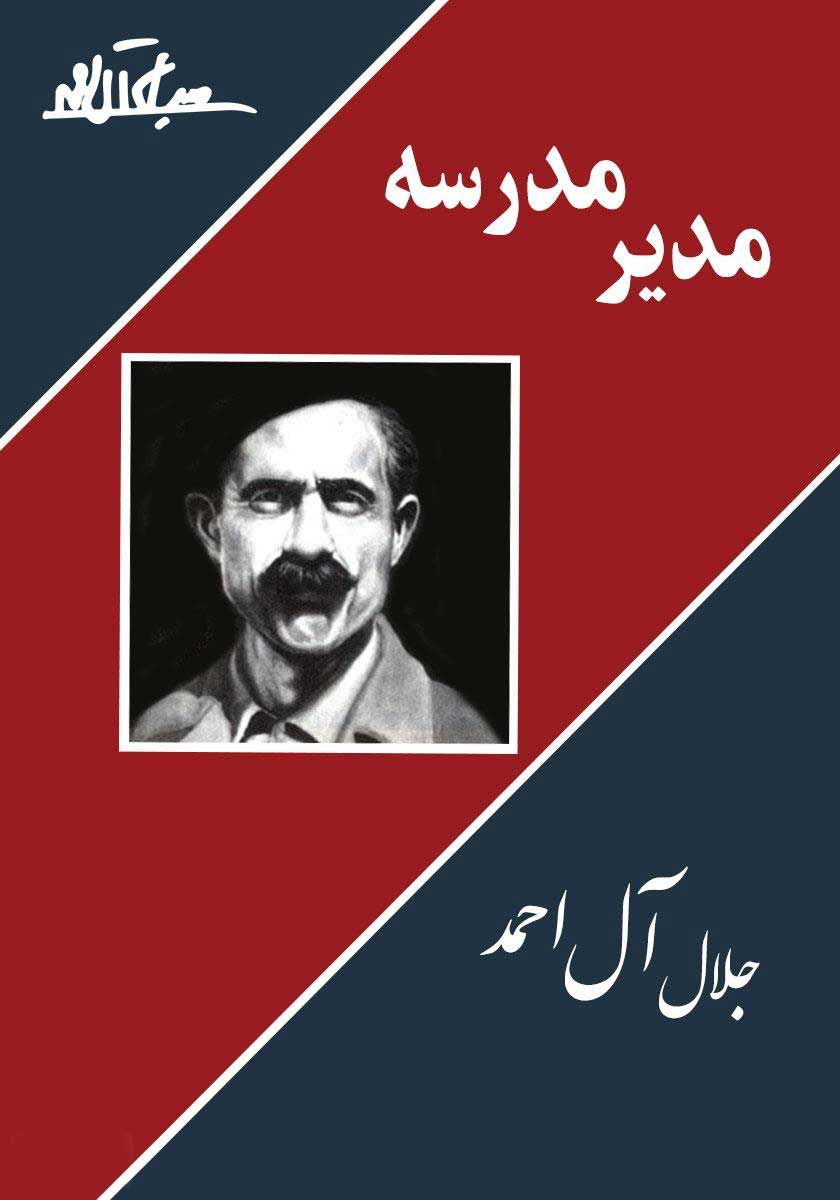
- “Nefrin-e Zamin” (“Cursing the Land”): A work of fiction exploring the challenges faced by a teacher in a rural village.
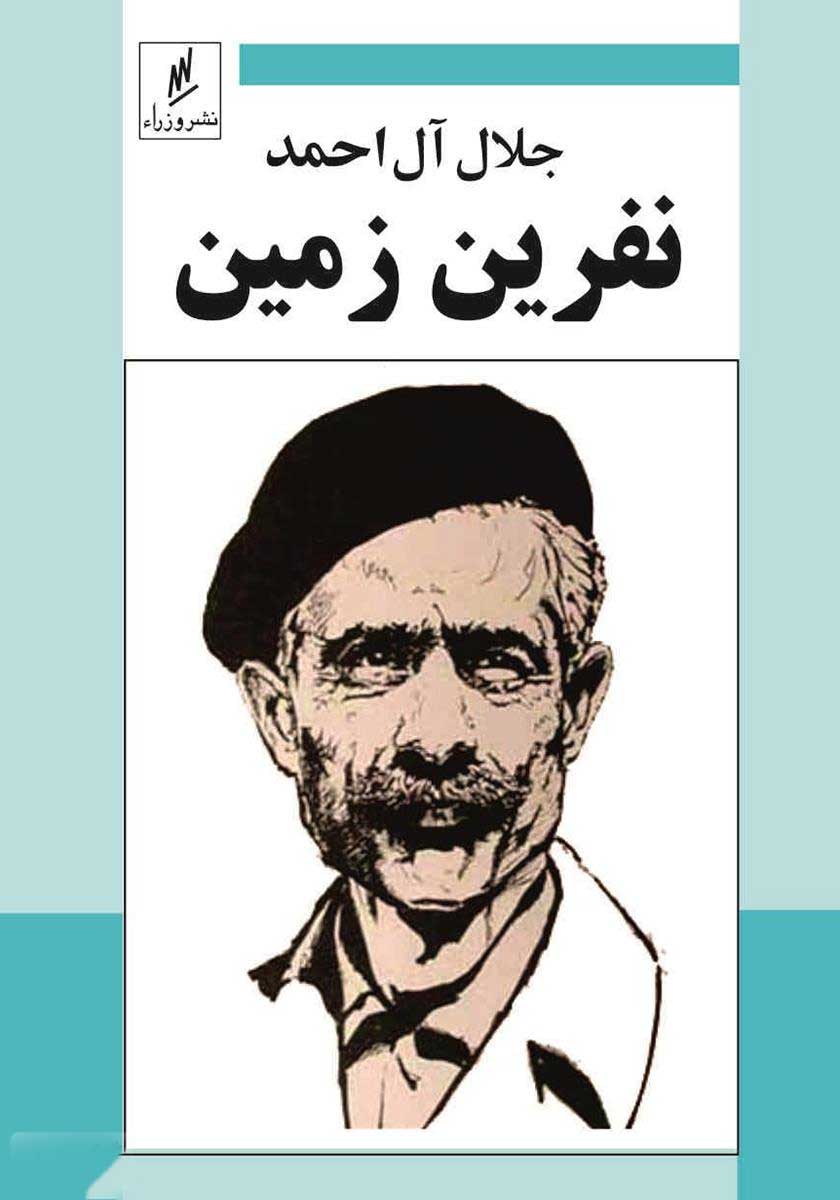
- “Sag-gardee” (“The Tale of the Beehives”): A political allegory addressing the issue of oil nationalization.
- “Nun va al-Qalam” (“The Letter N and the Pen”): A historical novel with allegorical elements reflecting on Iranian politics.
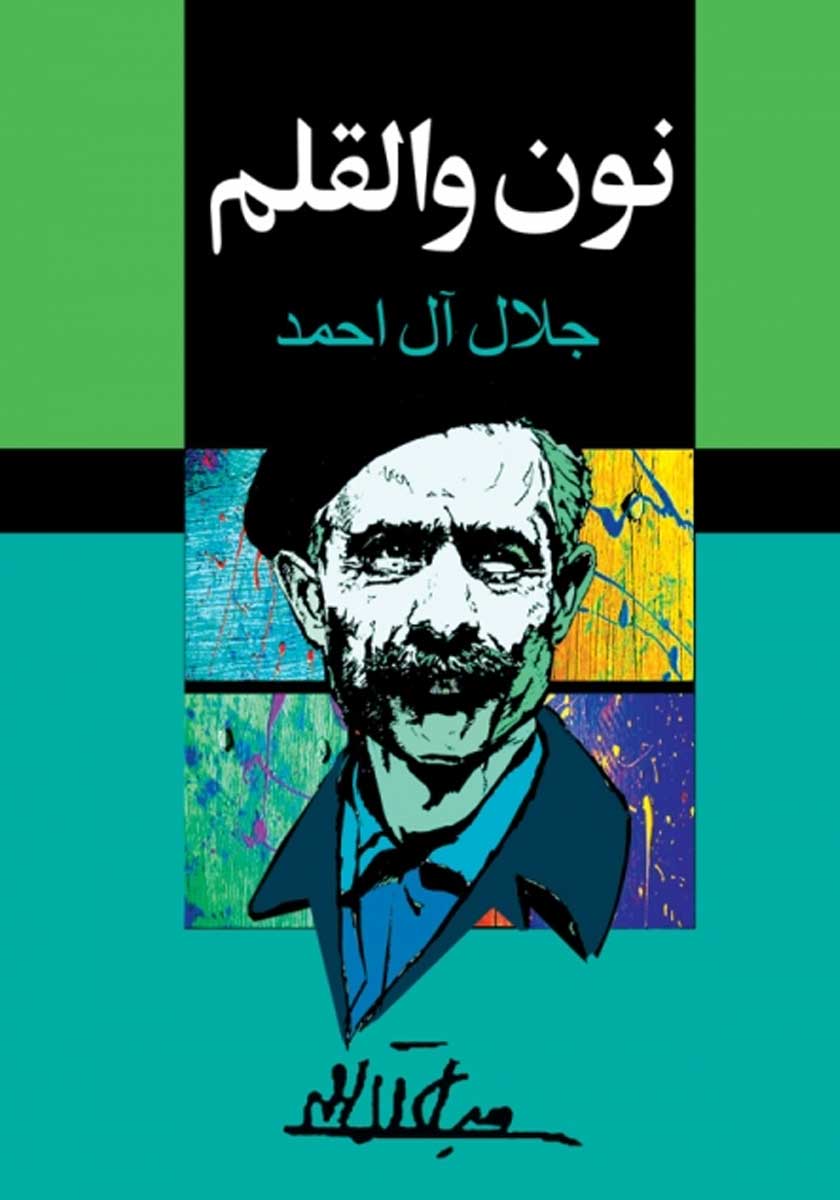
- “Dīd o bāzdīd” (“The Exchange of Visits”): A collection of short stories offering insights into various aspects of Iranian society.
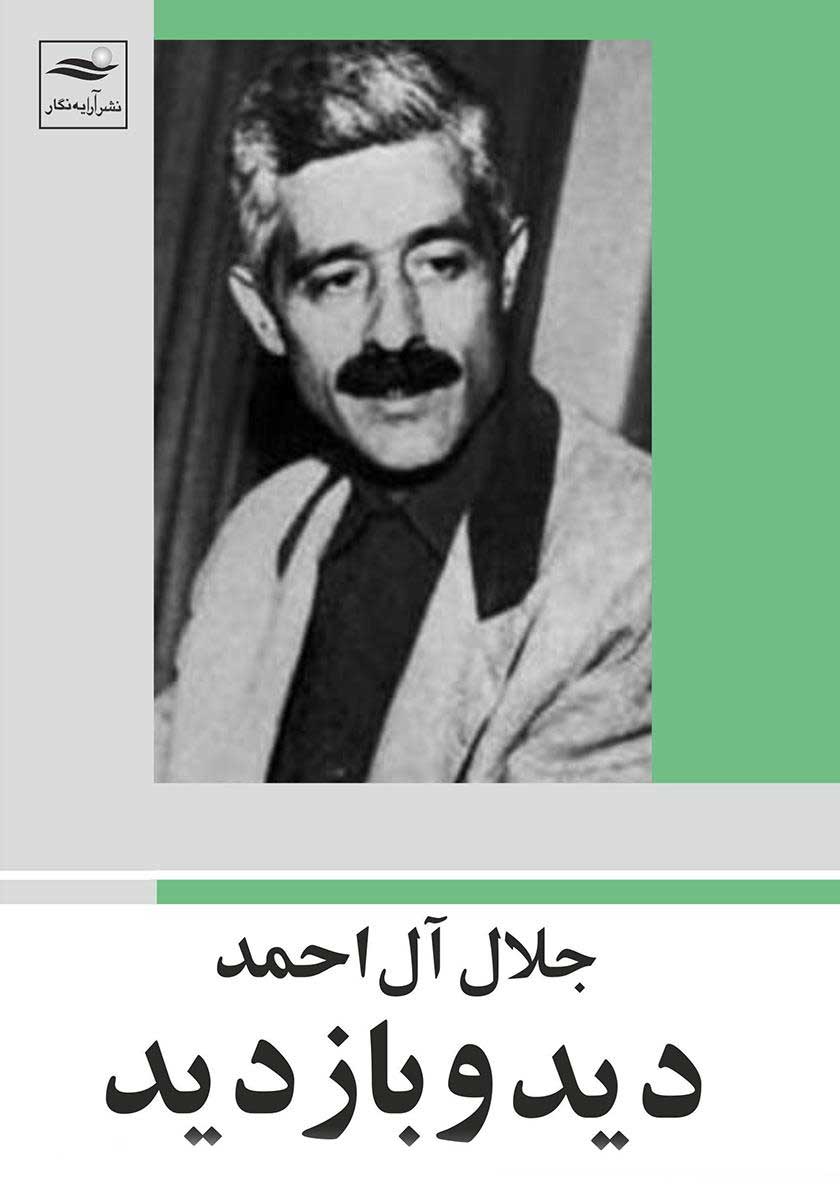
- “Az Ranji kā Mībarīm” (“From Our Suffering”): Another collection of short stories focusing on the struggles and experiences of ordinary people.
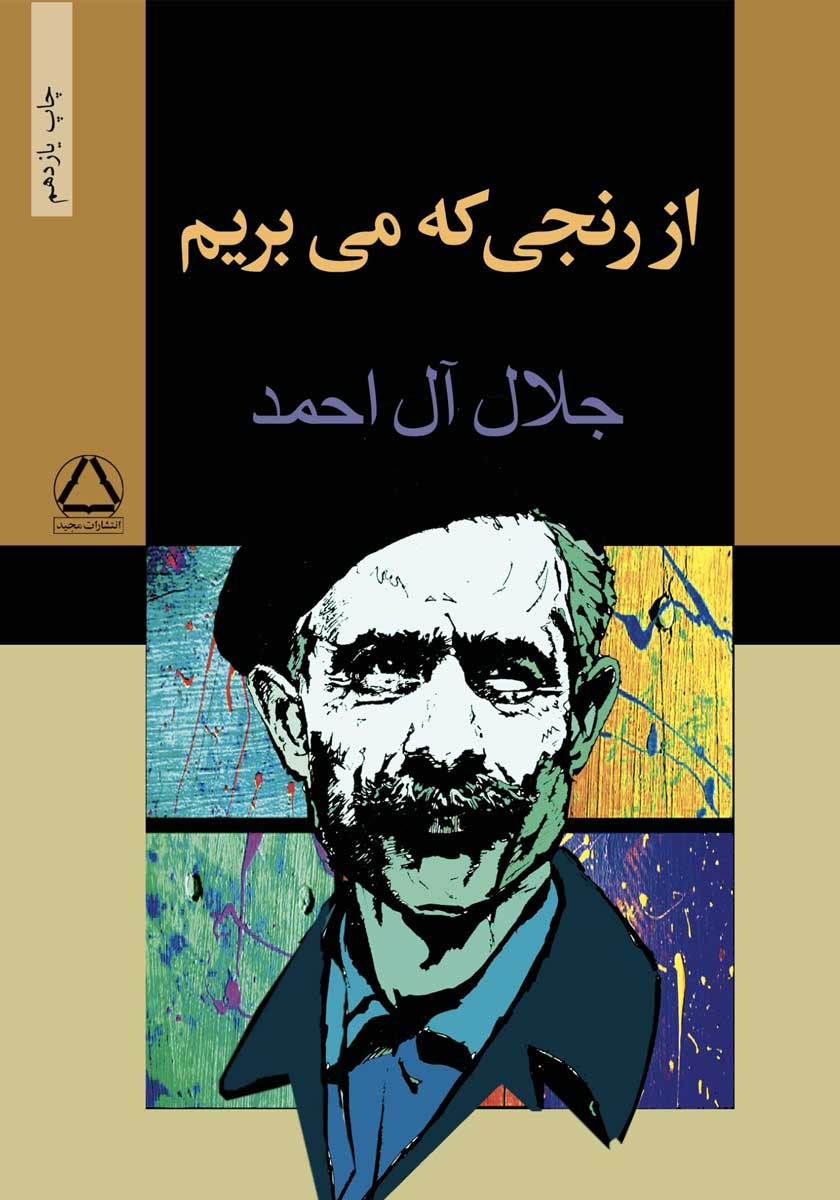
- “Zan-e Ziyadi” (“The Superfluous Woman”): A collection of stories exploring the challenges faced by women in traditional Iranian society.

- “Hoviat-e Mardum” (“The Identity of Man”): A philosophical work delving into the concept of human identity.
- “Mehmāni” (“The Guest”): A novel reflecting on the complex relationships between Iranians and foreigners.
Conclusion
Jalal al-e Ahmad was a renowned writer and social critic in modern Persian literature. Through his impactful works, he explored the complexities of Iranian society, addressing themes of identity, modernity, and the influence of Western culture. His distinctive writing style and social commitment made him a thought-provoking figure, leaving a lasting legacy in Persian literature and intellectual discourse.
Read More:
Simin Behbahani poems in English and Farsi
Related Posts




